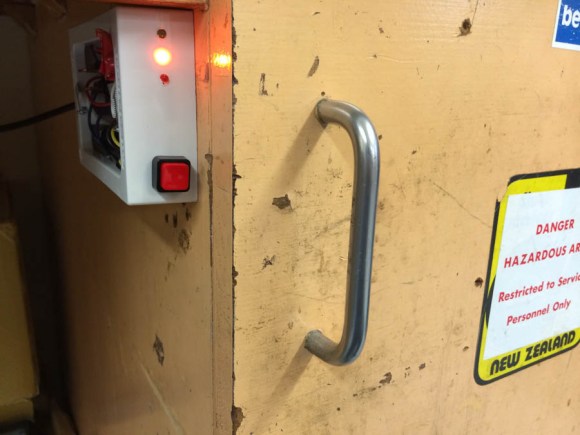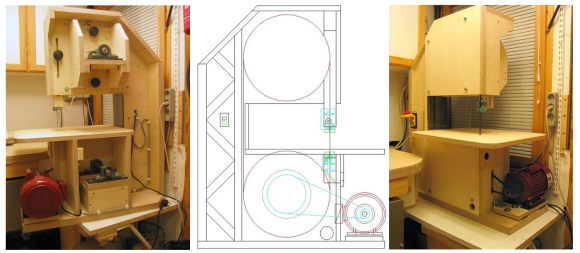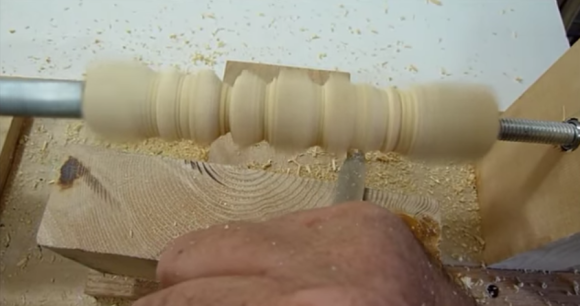
Battery powered soldering irons are nothing new, but what about a soldering iron that can recharge via USB? [Solarcycle] realized that it might be handy to be able to recharge a portable soldering iron using such a ubiquitous connector and power source, so he developed the Solderdoodle.
The core component of the Solderdoodle is a Weller BP645 Soldering Iron. The heating element is removed from the Weller and placed into a custom case. The case is designed to be 3d printed. The STL files for the case are available if you want to make your own.
The Solderdoodle does away with large, disposable batteries and replaces them with a lithium ion battery pack. The battery contains no built-in protection circuitry in order to save space. Instead, this circuit is added later. [Solarcycle] appears to be using a circuit of his own design. The schematic and Gerber’s are available on his website.
The Instructable walks through all of the steps to build one of these yourself if you are so inclined. If you don’t have the spare time, you can fund the project’s Kickstarter and pre-order a production model. It’s always great to see a new commercial product with an open design.
[via Reddit]

 Although it’s derided for not being open source, EagleCAD is an extremely popular piece of schematic and PCB layout software. Most of the popularity is probably due to the incredible amount of part libraries – it’s certainly not the features Eagle has to offer or its horrible scripting capabilities. [Rob] had enough of the lack of good scripting support in Eagle, so he’s been spending his time
Although it’s derided for not being open source, EagleCAD is an extremely popular piece of schematic and PCB layout software. Most of the popularity is probably due to the incredible amount of part libraries – it’s certainly not the features Eagle has to offer or its horrible scripting capabilities. [Rob] had enough of the lack of good scripting support in Eagle, so he’s been spending his time 












